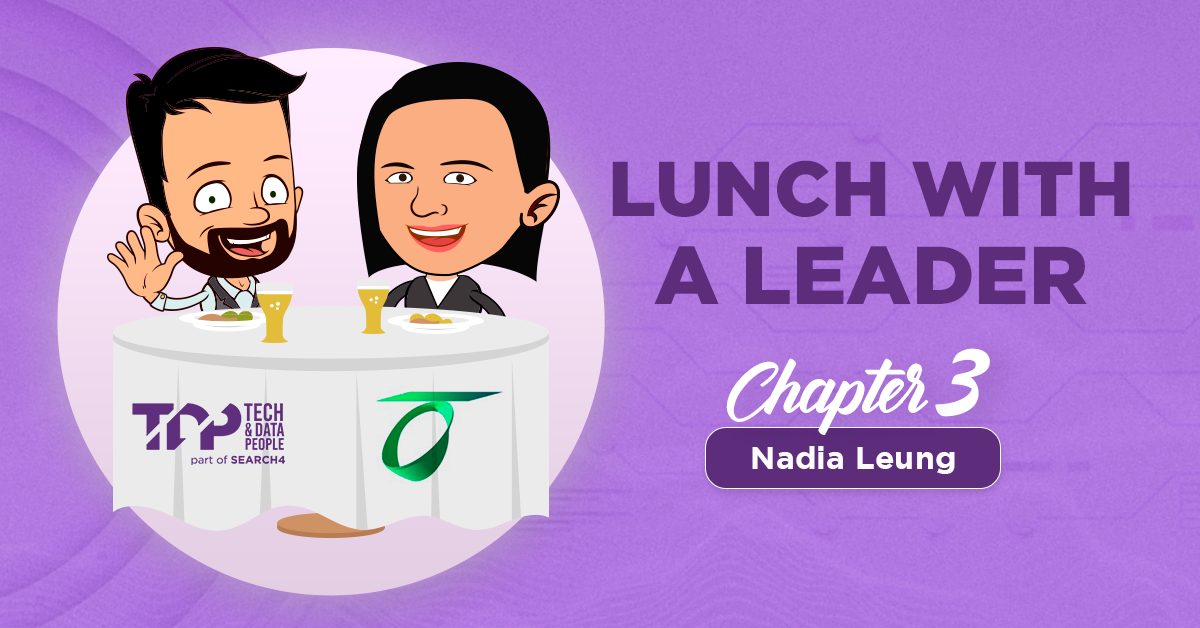Blogs
The Rise of Purpose-Driven Work & Its Impact on EVP in Tech

The concept of work has transcended beyond just a paycheck. Employees, particularly in the tech industry, are increasingly seeking purpose-driven work—roles that align with their values and offer a sense of meaning. This shift is reshaping the way companies approach their Employee Value Proposition (EVP), making it essential for tech companies to adapt if they want to attract and retain top talent.
Defining Purpose-Driven Work: Why It Matters to Your Business
Purpose-driven work goes beyond the traditional metrics of job satisfaction. It’s about finding roles that resonate with an individual's values, passions, and desire to contribute to something greater than themselves. In the tech sector, where innovation and problem-solving are at the core of most roles, this often means working on projects that have a tangible impact on society, the environment, or the advancement of knowledge.
For instance, a developer might choose to work with a company focused on renewable energy solutions over a higher-paying role in a less mission-driven organisation. Similarly, data scientists are increasingly drawn to projects that use data for social good, such as improving healthcare outcomes or driving sustainability initiatives.
How Purpose-Driven Work is Shaping EVP in Tech
The rise of purpose-driven work is pushing tech companies to rethink their EVP. Traditionally, EVP in the tech industry has focused on competitive salaries, benefits, and perks like flexible working hours, remote work options, and cutting-edge technology stacks. While these elements remain important, they are increasingly no longer sufficient on their own.
Today's tech professionals want to know that their work has meaning. They want to be part of companies that are committed to ethical practices, social responsibility, and making a positive impact on the world. As a result, companies need to clearly articulate their mission, values, and the greater purpose behind their work in their EVP.
How Purpose Fuels Talent Attraction & Retention
Companies that successfully integrate purpose into their EVP are more likely to attract and retain top talent. A McKinsey study highlights that purpose-driven employees often exhibit higher levels of engagement, motivation, and loyalty. This aligns with the growing emphasis on a holistic employee experience that prioritises purpose and well-being. Employees who felt a strong connection to their company's purpose were more likely to stay longer and contribute more meaningfully to their organisation's success. They are not just working for a paycheck—they are working for a cause they believe in. This intrinsic motivation can lead to higher levels of productivity, creativity, and innovation, which are critical in the tech industry.
Moreover, a strong purpose-driven EVP can also help companies stand out in a competitive talent market. As the tech industry continues to face skills shortages, particularly in areas like data science, cybersecurity, and AI, having a compelling purpose can be the differentiator that attracts the best candidates.
Companies Leading with Purpose & Winning
Several tech companies are already leading the way in embedding purpose into their EVP. For example, Salesforce has made social responsibility a core part of its business model, with initiatives like its 1-1-1 philanthropic model, which pledges 1% of the company’s equity, product, and employees’ time to charity.
Similarly, companies like Google and Microsoft have invested heavily in sustainability and ethical AI, aligning their business goals with broader societal goals.
These companies understand that by aligning their purpose with the values of their employees, they can build a more motivated, committed, and productive workforce.
The Future of EVP in Tech
In an industry that thrives on change and innovation, the rise of purpose-driven work represents a powerful shift—one that tech companies cannot afford to ignore. The future of work in tech is not just about what you do, but why you do it. And for today's tech professionals, that "why" is becoming more important than ever.
We’re here to help you build a sustainable workforce. If you’re looking to drive innovation and make a positive impact, get in touch to see how we can help connect you with professionals who not only align technically but share your values and mission.











